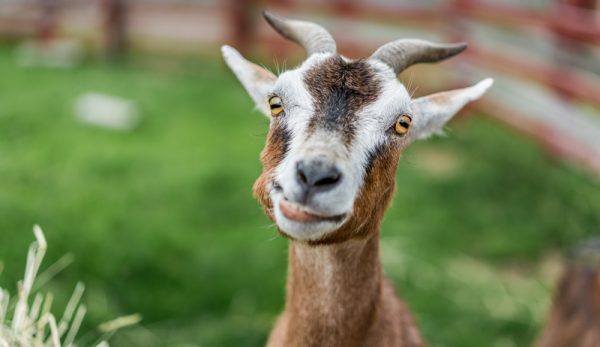
Last month we began a three-part series on farm drug safety by discussing injectable medications for your livestock. This month, let’s take a closer look at oral and topically applied drugs.
Drenches
Oral medications for livestock are available in liquid and solid forms. Liquid formulations are commonly called drenches. You can administer them using a syringe. But for cattle and small ruminants, special devices called drenching guns can make administration easier.
Like with giving a cat or dog oral medication, the key is to get it at the back of the tongue to encourage the animal to swallow. These drenching guns have a narrow arm that can be inserted along the side of the animal’s mouth. It reaches to the back of the tongue (and protects your fingers).
Before using a drenching gun, make sure you familiarize yourself with how it works and how to accurately dose the medication to each animal. Instances of over- or under-dosing can occur if the device isn’t set to the proper dose ahead of time.
Read more: Here are some important tips for administering injectable medications to livestock.
Pills
Large pills, called boluses, can be a bit trickier to administer to livestock. For horses, some pain medication and antibiotics come in pill form.
A very common way to administer these medications to livestock is to grind them up and mix with something sweet like molasses or applesauce. For ruminants, there is another device called a balling gun, which is essentially a large version of a pill gun used for cats. A long tube with a plunger to pushes a pill to the back of the mouth.
When using a balling gun with cattle, make sure the animal is properly restrained, such as in a chute with a head gate. Wrap your free arm around the animal’s head and insert your fingers into the space between the incisors and molars. There are no teeth here, and this will encourage the animal to open her mouth.
Then, with your other hand, slowly and steadily insert the balling gun at the corner of the mouth, sliding it to the back of the throat. Be firm but gentle. Damage can occur to a cow’s mouth or throat if such a device is used too roughly.
When the device is pushed as far back as possible, dispense the plunger. Once the pill is administered, hold the cow’s head up briefly to encourage her to swallow. Then watch the animal for several seconds before letting her loose to make sure she has actually swallowed the medication.
Read more:
Topical
Topical products are frequently for insect control in the summer. As with all medications, make sure you read the directions closely before using it. Most topical products for use in cattle, for example, should be applied in an even strip from shoulders (withers) to the tail head, and centered on midline to prevent excessive run-off down the sides.
Also beware of the weather. Applying a topical product to an animal that just came in from the rain with a wet hide may impact how well the product stays on. Alternatively, read the directions to see if the animals need to be kept dry after application and, if so, for how long.
Topical drugs are formulated specifically for absorption through the skin. This means you should avoid spilling any on your hands during use. Wearing disposable gloves is always a good practice when dealing with these types of products. So is cleaning up any spills as soon as they happen. Also, never give a topical product orally or vise versa.
Stay tuned for the final installment of this series next month when we discuss the important information contained on a drug’s label and how to understand withdrawal times.




